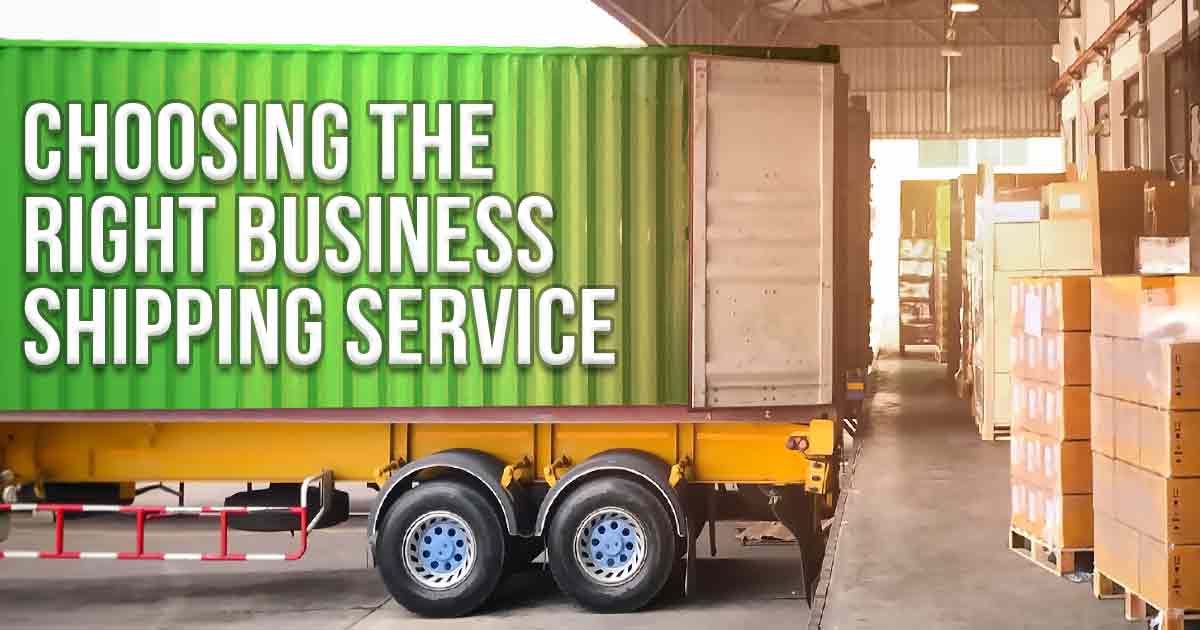 Choosing the right delivery service for your business requires careful consideration. This article will discuss the criteria, advantages, disadvantages, and relevant business examples for FTL, LTL, and rail transport services. Check the Deliveree FTL price calculator below to use our FTL service.
Choosing the right delivery service for your business requires careful consideration. This article will discuss the criteria, advantages, disadvantages, and relevant business examples for FTL, LTL, and rail transport services. Check the Deliveree FTL price calculator below to use our FTL service.
Criteria for Choosing a Delivery Service
In choosing the right type of service for your business, there are several criteria to consider. These criteria include:
| Criteria | Type of Service | ||
| FTL | LTL | Rail Transport | |
| Delivery Volume | Large volume | Small volume | Large volume |
| Delivery Distance | Flexible | Short distance | Flexible |
| Delivery Time | Faster | Longer | Longer |
| Cost | More expensive | Cheaper | Cheaper |
.
Examples of Shipping Service Selection for Types of Business
When considering the type of delivery service suitable for your business, it’s important to look at the following examples:
- E-Commerce Business: If you need a shipping service for an e-commerce business with a large shipping volume, FTL can be a good choice. Speed of delivery and security of goods will be your top priorities.
- Manufacturers of Fragile Goods: If your business produces fragile items, such as glass or ceramics, FTL is a safer choice to avoid damage risks during load consolidation.
- Long-Distance Logistics Business: If you have a business serving national or international markets, rail shipping can be an efficient choice for long-distance deliveries.
- Pharmaceutical Industry: Shipping medications requires caution and speed. FTL is suitable for large shipments of medicines to distributors, while LTL can be used for smaller deliveries to various pharmacies.
- Food and Beverage Industry: FTL is ideal for bulk shipments to large warehouses or distributors. For products requiring fast or temperature-sensitive shipping, FTL is also a safer choice. LTL can be used for smaller deliveries to stores or restaurants.
- Agribusiness: For large-scale shipments of agricultural products like wheat or corn, rail transport is an efficient and economical choice. FTL can be used for fast delivery of harvests to markets or distributors.
- Electronics Industry: FTL is suitable for shipping large quantities of electronic products, such as to large stores or distribution centers. For smaller volumes of electronic items, LTL offers flexibility and cost reduction.
- Fast-Moving Consumer Goods (FMCG): The FMCG industry often requires fast and frequent shipping. FTL is a good choice for large stock shipments to central warehouses, while LTL is suitable for regular smaller deliveries to various retail stores.
- Textile and Garment Companies: In the textile industry, the shipment of raw materials or finished products in large quantities is very common. FTL is suitable for shipping large amounts of fabric or clothing to factories or distributors, while LTL can be used for shipping smaller quantities of finished products to various retailers.
- Chemical Material Distributors: For businesses handling chemical shipments, FTL can be a safer choice as it reduces the risk of cross-contamination and damage during transport. FTL shipments are important to maintain the quality and safety of chemicals during transit.
- Building Material Suppliers: Businesses providing building materials such as wood, stone, or cement need logistic solutions that can handle heavy and large loads. FTL is ideal for shipping building materials to construction projects or warehouses, while LTL can be used for shipping smaller quantities of materials to retail stores or smaller project locations.
In each of these examples, the choice between FTL, LTL, or rail transport depends on factors such as volume, weight, delivery speed requirements, and the safety of the goods being shipped.
Advantages and Disadvantages of Shipping Services
Each type of shipping service has its advantages and disadvantages that you need to consider when choosing a service type. Here are the advantages and disadvantages of each service.
What Are Advantages and Disadvantages of FTL?
- Advantages: Fast and direct delivery, better security for goods, ideal for large and heavy items.
- Disadvantages: Higher cost, less flexible, not economical for small items.
What Are Advantages and Disadvantages of LTL?
- Advantages: Lower cost for small items, flexible, suitable for businesses with not too large shipping volumes.
- Disadvantages: Longer delivery time, higher risk of goods damage.
What Are Advantages and Disadvantages of Rail Transport?
- Advantages: Competitive cost for bulk shipping, more environmentally friendly, ideal for long-distance shipments.
- Disadvantages: Limited train routes, less flexible, fixed schedule.
Conclusion
Choosing the right shipping service requires a deep understanding your business’s logistic needs. FTL is often the best choice for large and fast shipments, although LTL and rail transport also have their advantages. Consider factors like volume, time, cost, and security when making a decision, so your business can operate smoothly and efficiently.
Read More:





 CHECK EXPEDITION PRICE
CHECK EXPEDITION PRICE


 Chat
Chat